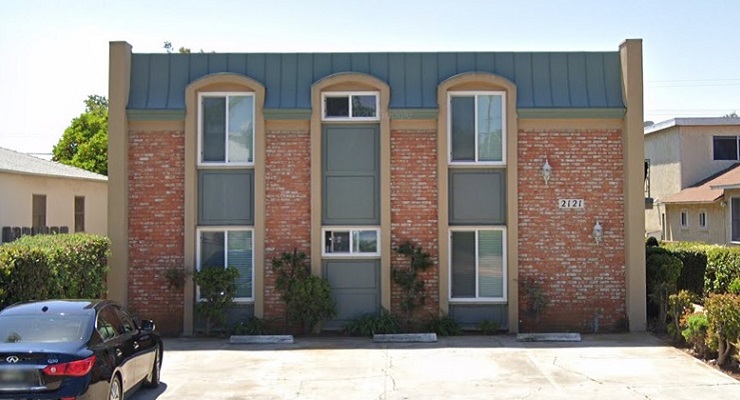
Rates have risen sharply in the past few weeks, but the housing market has weathered this rise relatively well, according to a recent report by the California Association of Realtors (CAR). Though the primary measures of mortgage demand show that homebuyers remain affected by higher rates, the report showed, the gap between 2022 and 2023 levels has “yet to widen noticeably.”
In addition, rates have begun to inch down slightly since the Federal Reserve meeting last week where Federal Reserve Chairman Jerome Powell was seemingly more cautious about raising rates at the upcoming FOMC meeting in September.
“We will proceed carefully as we decide whether to tighten further or, instead, to hold the policy rate constant and await further data,” said Powell in his keynote address. “It is the Fed’s job to bring inflation down to our 2% goal, and we will do so.”
Mortgage rates are likely to remain at the same levels, according to US News & World Report, which noted recently the 30-year fixed mortgage rate is expected to stay above 6% through the remainder of 2023, with a slim chance that rates will fall below that threshold by year-end.
According to a recent article, the lack of much downward movement is due in part to the Federal Reserve’s interest rate hikes essentially putting a floor under mortgage rates.
“In other words,” the magazine wrote, “rates may not rise meaningfully in the coming months, but they’re not likely to fall dramatically, either.”
Despite this optimistic news for financial markets, said the CAR, consumers are still a primary area of risk for the macroeconomy as various debt delinquencies, such as auto loans and credit cards have begun to rise, taking some steam out of the US’s primary engine of growth thus far.
“While many have begun to celebrate the possible achievement of the proverbial ‘soft landing,’ “ said the CAR report, “the leading economic index suggests that we may not be out of the woods quite yet.”
After rising to almost 7.5% in the previous few weeks, mortgage rates have come down roughly 10 basis points since Powell indicated that the committee will take a data-driven approach and be flexible in the months ahead.
Since then, 2-year Treasury rates have inched down slightly, although 10-year notes have come down far less. According to the CAR report, this means that the yield curve, remains inverted and suggests that we may still face headwinds next year.
Rates could also begin to dip again if 10-year rates start to follow those shorter-term yields down.
At the same time, the report pointed out, while the economy is not yet victorious in its battle against inflation, recent data from the Federal Reserve shows that M2, a primary indicator of liquid money supply currently in circulation, has now been dropping for the past 8 months consecutively as the FOMC tightens monetary policy and raised its benchmark interest rate.
This should have the effect of curtailing some demand for products and services and helping to alleviate the shortage of workers currently needed to fill open positions, which, in turn, would help to reduce upward pressure on inflation in the months ahead.







